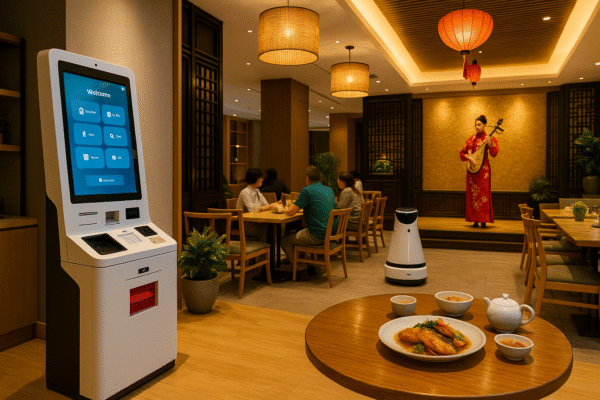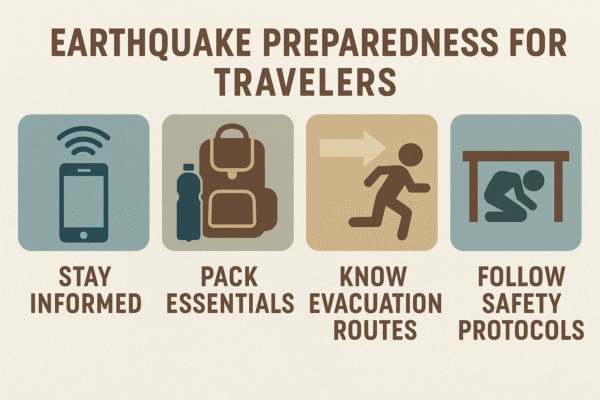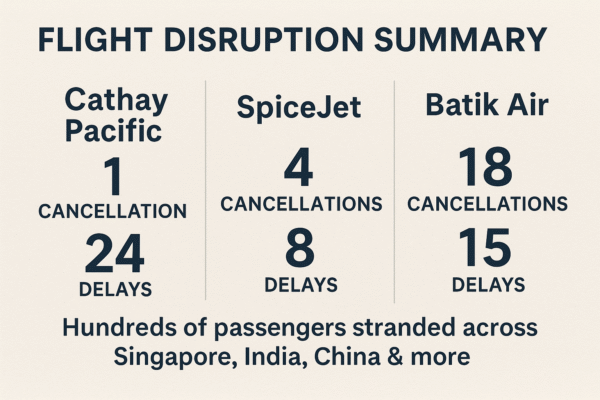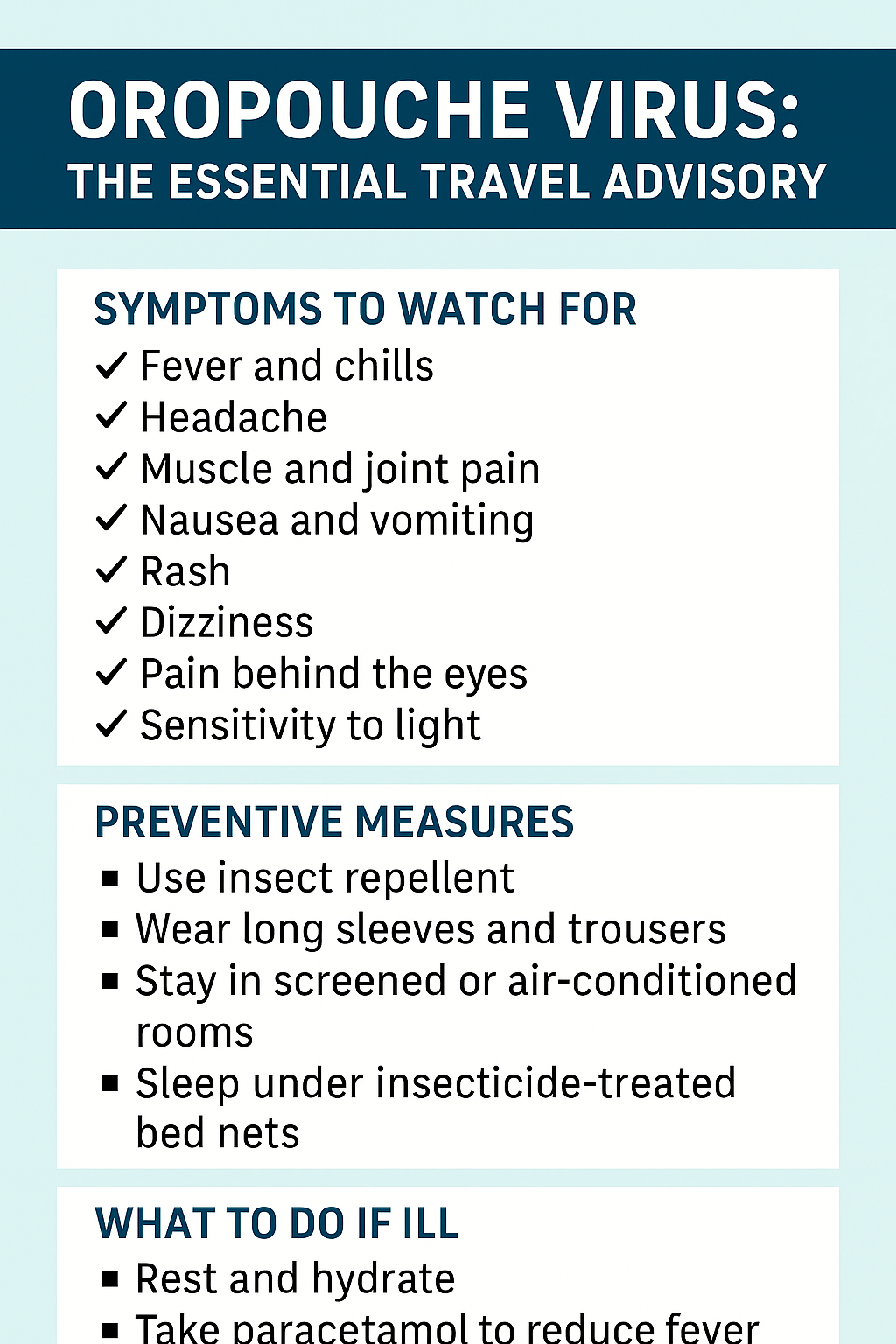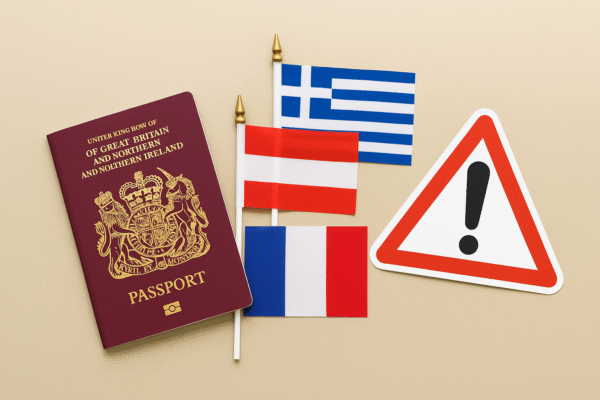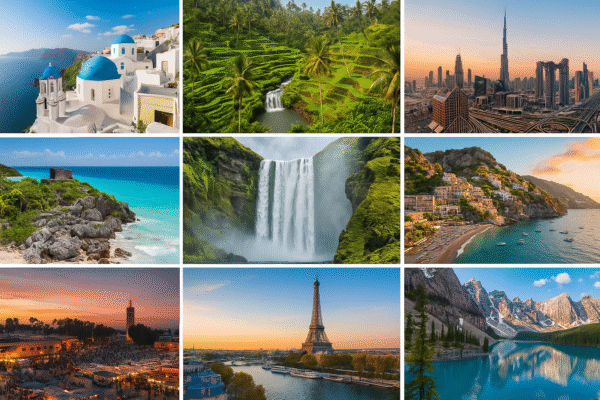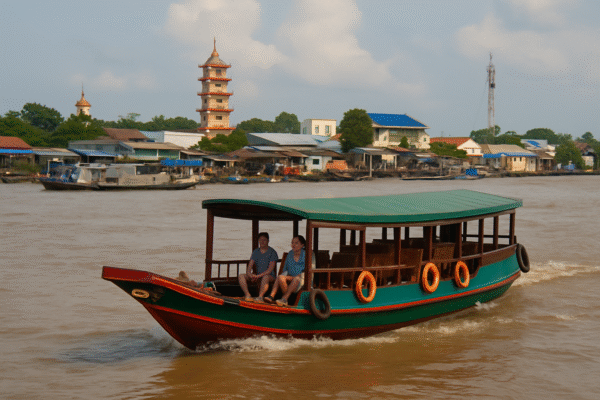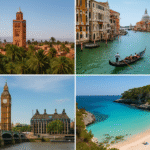Vietnam’s Mekong Delta, known as the “rice bowl of the nation,” is entering a transformative chapter in its tourism development. With a bold target of 12% growth by 2025, the region is rolling out ambitious projects that combine ecotourism, cultural heritage, and modern infrastructure. Backed by the Government’s Resolution 82/NQ-CP, local authorities are focusing on innovative tourism products and digital transformation to position the delta as both a national tourism powerhouse and an emerging international destination.
Administrative Integration Strengthens Regional Tourism
One of the most significant developments shaping this growth is the integration of Hau Giang and Soc Trang into Can Tho city. This restructuring is designed to unify the region’s tourism ecosystem, allowing provinces and cities to collaborate more effectively. The move has created a dynamic hub in Can Tho, centralizing floating markets, lush orchards, handicraft villages, seaside experiences, and distinctive cuisine into one accessible gateway for travelers.
For visitors, this means easier itineraries, smoother transportation, and richer travel experiences that span multiple provinces without logistical barriers. For the region, it ensures stronger branding, investment opportunities, and a more competitive position in Vietnam’s tourism industry.
Government Resolution Unlocks New Destinations
The adoption of Resolution 82/NQ-CP has paved the way for significant tourism expansion. With 29 newly recognized destinations across the delta, the total number of official tourist spots has risen to 63. These include cultural villages, eco-parks, and seasonal attractions that broaden choices for visitors while attracting new investment.
The recognition carries more than symbolic weight. It enables localities to access resources for infrastructure upgrades, promotional campaigns, and hospitality training. This strategic growth helps the Mekong Delta compete with Vietnam’s coastal and highland destinations by offering unique cultural and river-based tourism.
Innovative Interprovincial Tours
To appeal to both domestic and international travelers, the Mekong Delta is diversifying its offerings through creative interprovincial tours. One standout is the “Four-Season Orchard Tour” connecting Tien Giang, Vinh Long, and Can Tho. Visitors can experience fruit orchards that bloom year-round, tasting fresh produce while learning about traditional farming practices.
Another highlight is the “Waterway and Handicraft Villages Journey”, linking Sa Dec, Long Xuyen, and Cai Rang. This tour blends river cruises with immersive visits to craft villages, where travelers witness local artisans producing pottery, mats, and other handmade goods. Such experiences celebrate the delta’s riverine culture and encourage longer visitor stays.
Can Tho as the Heart of the Delta
With Hau Giang and Soc Trang now integrated, Can Tho city is emerging as the beating heart of the Mekong Delta’s tourism industry. The city’s strategic location, combined with upgraded infrastructure, makes it the primary entry point for travelers exploring the delta. From the bustling Cai Rang floating market to riverside promenades, cultural festivals, and authentic street food, Can Tho offers a diverse blend of experiences that capture the essence of southern Vietnam.
Ecotourism and Sustainability at the Core
The Mekong Delta is naturally suited to ecotourism, thanks to its vast wetlands, rivers, and rich biodiversity. Authorities are investing in sustainable projects that allow visitors to explore mangrove forests, bird sanctuaries, and protected ecosystems. These initiatives not only diversify tourism products but also promote environmental conservation and community engagement. By balancing economic growth with ecological responsibility, the region aims to create a model of sustainable tourism for Vietnam.
Cultural Festivals and Events as Tourism Drivers
To boost visitor numbers and enrich the cultural experience, provinces are hosting large-scale festivals and cultural events. These celebrations showcase local music, cuisine, and traditions, creating memorable experiences that strengthen the delta’s identity. Festivals also provide opportunities for regional branding and international marketing, attracting tourists who seek authentic cultural immersion.
Digital Transformation and Marketing Push
Tourism authorities are embracing digital transformation to improve accessibility and visitor engagement. Online booking platforms, digital payments, and targeted marketing campaigns are helping the Mekong Delta reach a global audience. Virtual tours, mobile apps, and enhanced online visibility are making it easier for travelers to plan, book, and customize their experiences.
Ambitious Goals for 2025 and Beyond
The Mekong Delta Tourism Association has set clear priorities to reach its 12% growth target: marketing, infrastructure development, service quality, and digital innovation. Investment in roads, waterways, and hospitality facilities is underway, ensuring smoother travel and better services. Promotional campaigns will highlight the delta’s unique attractions in key international markets such as Europe, North America, and Asia.
A Sustainable Path Forward
The coordinated efforts of government agencies, local businesses, and tourism associations are laying the foundation for long-term success. By blending cultural preservation with environmental stewardship, the Mekong Delta is creating a tourism model that benefits local communities while delighting international travelers.
With its iconic floating markets, fertile orchards, vibrant festivals, and warm hospitality, Vietnam’s Mekong Delta is poised to transform its natural and cultural wealth into a sustainable engine of growth for decades to come.
For more travel news like this, keep reading Global Travel Wire

